Historic England says TTSP proposals will harm setting of grade II* high-tech neighbour
Councillors in east London have approved proposals for a seven-storey data centre on a car park behind Nicholas Grimshaw’s high-tech former Financial Times Printworks building, despite concerns about the impact of the new development on the grade II*-listed structure.
Both government heritage adviser Historic England and the Greater London Authority expressed fears about the harm data-centre specialist TTSP’s development for site owner Global Switch would cause to the Grimshaw building, which was first listed in 2016.
But members of Tower Hamlets Council’s strategic development committee unanimously approved the proposals at a meeting on Tuesday night, after borough planning officers said the benefits of the scheme outweighed the “less than substantial harm” they would cause.
Grimshaw’s FT Printworks – known as East India Dock House – was officially opened in 1988 by then-prime minister Margaret Thatcher. While the facility won plaudits for its design the facility was only used for its intended purpose for less than a decade.
The 14,000sq m building was converted into a data centre in the late 1990s and is currently owned and operated by Global Switch, which refers to it as “London North”
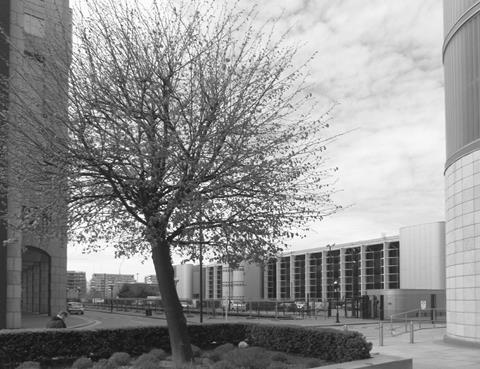
TTSP’s proposals for the new building, which will be located on a car park to the south of the Grimshaw structure, will provide an additional 27,000sq m of floorspace in a part-six and part-seven storey building. The 56m-tall building will have a bridge connecting to Global Switch’s neighbouring London East data centre at its first-floor level.
A report to Tuesday’s strategic development committee meeting said Historic England believed the proposal would harm the listed Grimshaw building to the north. It categorised the harm as “less than substantial” but urged Tower Hamlets to carefully consider whether the harm was justified, and whether any benefits of the scheme could be realised by other means.
The report said the GLA considered that the proposals would “significantly impact” on views of East India Dock House and also urged Global Switch to “test alternative approaches to minimise harm” to the Grimshaw building.

It added that GLA officers questioned the height of the proposals, and suggested that improvements to the design and scale of the scheme should be considered to improve the character and appearance of the new building.
Recommending the scheme for approval, Tower Hamlets planning officers acknowledged that the TTSP proposals would impact the setting of East India Dock House, and that the silhouette of the listed building against the sky would be lost.
However they concluded that the public benefits of additional strategic data-centre infrastructure on the site, and further growing the capacity of the area to deliver such developments, trumped the heritage harm.
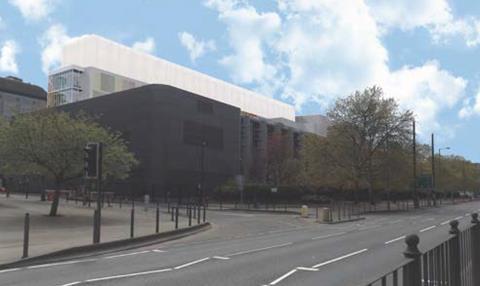
Officers added: “The alternative solution of extending the existing East India Dock House data centre to deliver additional data-centre infrastructure would cause harm to the asset itself, and the proposals preserve the significance of the heritage asset.”
The development site is immediately north of Tower Hamlets Council’s soon-to-be-vacated Mulberry Place town hall.
In October, members of the authority’s strategic development committee blocked proposals for the redevelopment of that building and another nearby office to make way for a SimpsonHaugh designed scheme that would have included two residential towers and a new data centre. Officers had recommended the scheme, drawn up for LaSalle Investment Management subsidiary EID, for approval.
The rejected application sought consent for a total of 716 student rooms in a 36-storey tower and 150 apartments in a 30-storey tower. It also sought outline approval for two further buildings: a 35,000sq m data centre and a smaller building featuring 5,940sq m of commercial space and up to 660sq m of space for community use.
Strategic development committee members cited the scale of the development and the mix of housing offered among their concerns.










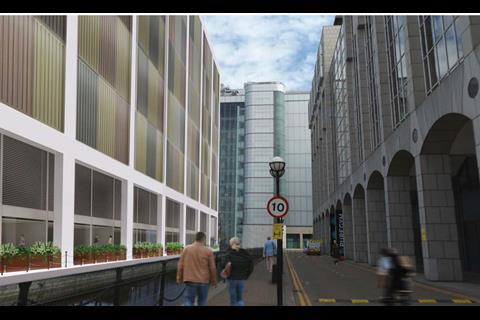



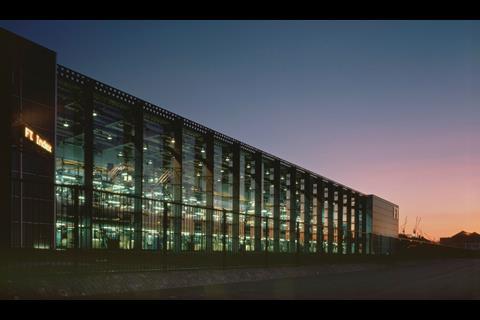
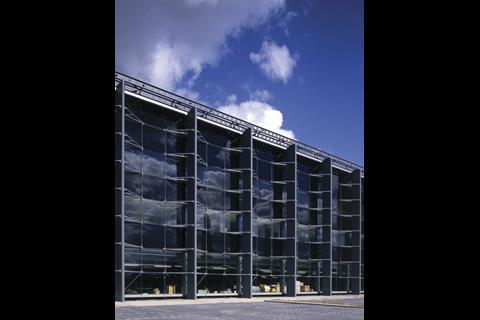
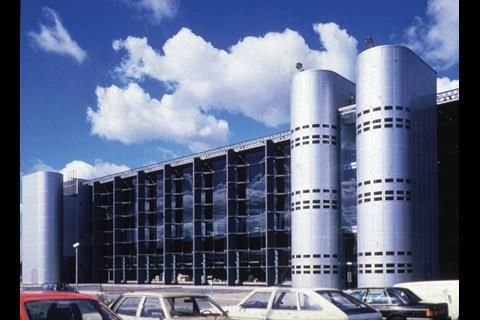
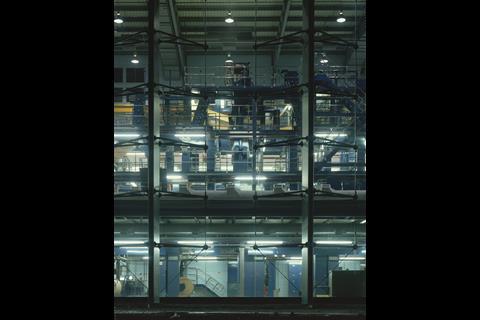







2 Readers' comments